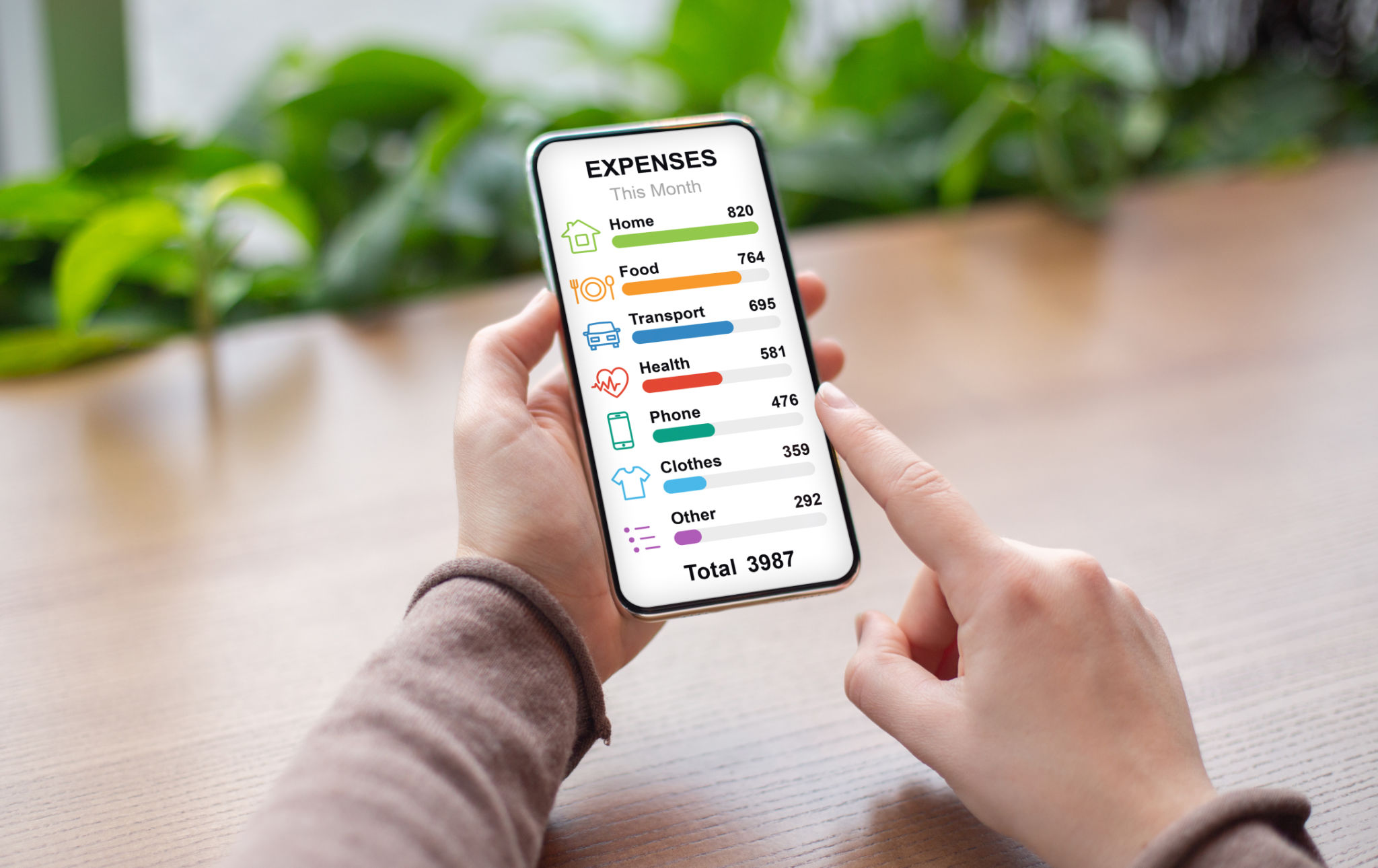How to Measure the ROI of Your Digital Marketing Efforts
Understanding ROI in Digital Marketing
Return on Investment (ROI) is a crucial metric for evaluating the effectiveness of your digital marketing efforts. It helps you understand the profitability of your campaigns and decide whether your strategies are delivering the desired results. ROI is calculated by dividing the net profit by the total cost of the investment, then multiplying by 100 to get a percentage. A positive ROI indicates that your marketing efforts are profitable.
In digital marketing, measuring ROI can be complex due to the variety of channels and tactics involved. However, with careful planning and analysis, you can effectively gauge the impact of your marketing strategies.

Identify Your Goals and KPIs
Before you can measure ROI, you must establish clear objectives and Key Performance Indicators (KPIs) for your digital marketing campaigns. These goals should be specific, measurable, achievable, relevant, and time-bound (SMART). Common objectives include increasing website traffic, boosting conversions, generating leads, or enhancing brand awareness.
Once you have defined your goals, determine which KPIs will best measure progress toward these objectives. For instance, if your goal is to increase conversions, relevant KPIs might include conversion rate, cost per conversion, or average order value.
Track Your Expenses
To accurately calculate ROI, it's essential to keep track of all expenses associated with your digital marketing efforts. This includes costs for paid advertising, software tools, content creation, and any other investments made to support your campaigns. By maintaining detailed records of these expenses, you can ensure that your ROI calculations are precise.

It's also important to consider both direct and indirect costs. Direct costs are those directly tied to a specific campaign, such as ad spend or influencer fees. Indirect costs might include overhead expenses like salaries or technology infrastructure.
Measure Revenue and Conversions
Revenue generated from your digital marketing efforts is a critical component of the ROI equation. This includes sales revenue directly attributable to your campaigns as well as any additional revenue streams they may have influenced. Utilize tools such as Google Analytics or CRM systems to track conversions and link them back to your marketing initiatives.
Assign a monetary value to each conversion to better understand its impact on revenue. This can be straightforward if you're selling products online. However, it may require more nuanced calculations for businesses focused on lead generation or brand awareness.

Analyze Data and Adjust Strategies
Once you have gathered all necessary data on expenses and revenue, you can calculate your ROI and analyze the results. This analysis will help you identify which strategies are working well and which ones may need adjustment. Look for patterns or trends in the data that can guide future decision-making.
Use this information to optimize your campaigns for better performance. For example, if a particular channel is yielding a high ROI, consider allocating more resources to it. Conversely, if a tactic isn't delivering results, reassess its value and explore alternatives.
Continuous Improvement and Reporting
Measuring the ROI of digital marketing efforts is not a one-time task but an ongoing process. Regularly reviewing and updating your ROI analysis ensures that you remain agile and responsive to changes in market conditions or consumer behavior.

Create reports that communicate the effectiveness of your digital marketing efforts to stakeholders. These reports should highlight key metrics and insights derived from your ROI analysis, providing a clear picture of campaign performance and areas for improvement.
